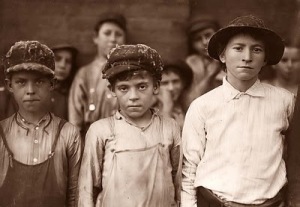Hypothesis:-Whether homosexuals perceive straight people as abnormal or not
Experiment:-There will be two groups, a control group (Group1) and an experimental group (Group2). All subjects will be homosexuals along with people (we know) who will pose as homosexuals. The subjects of each group will be placed in a separate room and they won’t be aware of the purpose of the experiment. They will be under the pretence that they are coming to discuss some social norms, and so, they should interact with the people in the room and try to be as honest as possible. Group 1 will be asked various irrelevant questions before and after the main question which is, “Do you perceive straight people as abnormal?” Group 2 will also be asked irrelevant questions before and after BUT they must be asked whether they are homosexual or not before being asked if they perceive straight people as abnormal. The people posing as subjects will try to create a comfortable atmosphere in order to receive as honest responses as possible from the participants. Independent Variable:- Order of questions to be asked Dependent variable:- The perceptions of each subject
Limitation:- Artificial setting that can alter the results of the experiment Internal Validity:- Internal validity is fine since we will only change the independent variable. External Validity:- Not so high as it would be difficult to bring in a large group of gay people who are open about their homosexuality, and also representative of their population.
This video is a bit long, but it does say a lot. “Imagine a world where being “gay” the norm and being “straight” the minority.”

